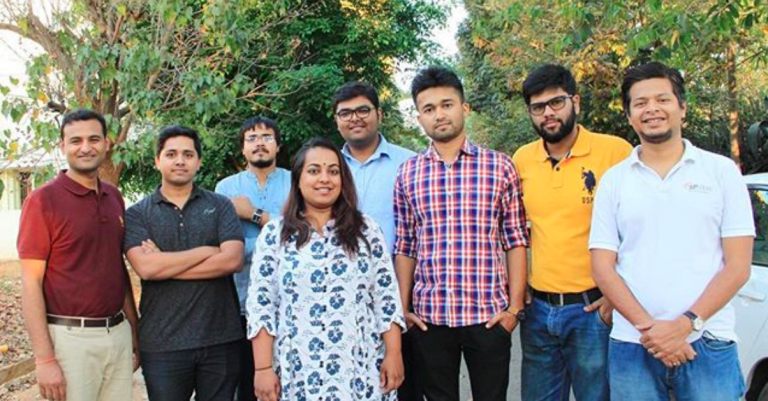It’s scary to know how much it’ll affect people. I try to ignore some of it, or I’ll go insane. We’re getting to the point where we have a social responsibility to the world because we have this power to influence it.
Jonathan Badeen, Co-founder & Chief Strategy Officer, Tinder
Swipe right 100 times! Answer 200 questions to find your perfect date. Upload high-res cat pics. Flex. Humblebrag: The internet is full of tips and tricks to power your online dating life. But even if you put everything into practice, your chances of landing a date hinges on an X factor–matchmaking algorithms.
Online dating sites started experimenting with compatibility matching in the early 2000s. It enabled dating sites to monetise their offerings, drive user engagement etc. In addition, most of these sites claimed to offer ‘scientific matching’ based on user preferences.
eHarmony was the first dating platform to create and patent a matching algorithm in 2000. The idea was to reduce divorce rates by intervening in the mating decisions of the site’s single users. However, by today’s standards, the original eHarmony algorithm was naive–using a regression-based approach to match users based on variables said to predict long-term relationship satisfaction.
In 2004, OkCupid added algorithmic matching to its basic search functionality. The algorithm gauged compatibility using “match percentages” extracted from user Q&As. Then, each question was weighted based on the level of importance (i.e., “irrelevant,” “a little,” “somewhat,” “very”). OkCupid gave users control over the matching process. Users could answer some of the questions and let the algorithm assume the others.
Today, online dating sites or apps use sophisticated machine learning algorithms to predict users’ preferences based on implicit feedback.
Swipe away
In 2009, Grindr deployed collaborative filtering to gain insight into user preferences. Collaborative filtering makes recommendations by picking up on patterns of similar users. The same technique is used to recommend products on Amazon and movies on Netflix.
Then came Tinder and Hinge in 2012.
Tinder interface looks like a deck of playing cards, with users swiping left to reject a profile and right to match. Tinder used the Elo system to score user desirability and match them with others in the same league. The Elo system is used in FIDE (chess) rating to assign a score to players based on their previous wins/losses and the skill levels of their opponents.
Ratings work similarly on Tinder, with a right swipe from someone desirable having the greatest impact on a user’s score, just as beating a Grandmaster in chess matters more than beating an amateur. Tinder claims to have retired Elo rating but is mealy-mouthed about its new system.
Many speculate Tinder uses something similar to the Gale-Shapley algorithm like Bumble or Hinge: The algorithm scrapes your online data: Facebook, Instagram, Spotify, screen time, dating app usage etc to learn who you are, what you like, and who is likely to like you.
When swiping through the profile cards of your preferred gender, Bumble considers general attractiveness and popularity as the main factors to define the order of profiles. So even if you don’t get any matches, you see the most attractive profiles first, leading to a pleasant experience. The same pleasure you get from window shopping (think ludic loops). However, Bumble has never admitted to using the Elo rating to rank the attractiveness of profiles.
One issue with using collaborative filtering for matchmaking is the possibility of gender and racial bias creeping into the algorithms. Instead of making dating more inclusive, the collaborative filtering will likely replicate the same biases seen offline.
Desperate much?
Have you ever noticed you get the most likes in the initial days? The frontloading is by design. It serves two purposes; First is validation, so you’d not uninstall the app. Second, the algorithm learns about your preferences and general attractiveness to activate a feedback loop. The idea is to customise and optimise the algorithm. Interestingly, social casino games use the same technique to keep the customer hooked.
In Bumble, only women can start a conversation with their matches, and the match will expire if the conversation is not initiated in the first 24 hours. Those with a subscription can see people who have swiped right in their ‘beeline’.
Similarly, Tinder shows you have run out of profiles in your area. But give it some time, and the profiles start to appear in droves again. Again, this could be a rationing strategy to create demand and keep users coming back for more.
Also, some dating apps employ shadowban to prevent users from frequently deleting and creating new profiles. The matchmaking algorithms tap into your primal brain and hold you prisoner by creating addictive behaviour. The tagline of Hinge is: The dating app designed to be deleted. But the algorithm says a different story.














































































